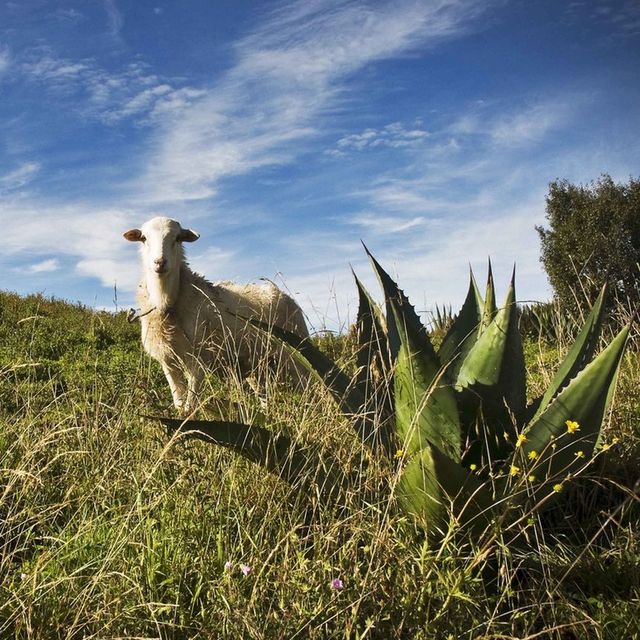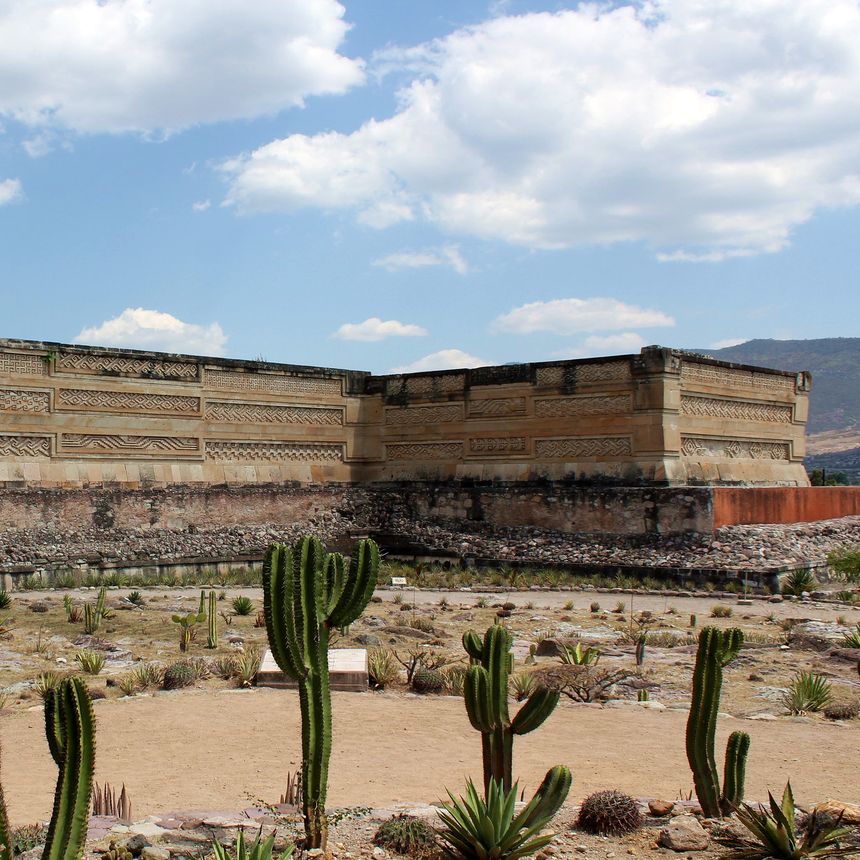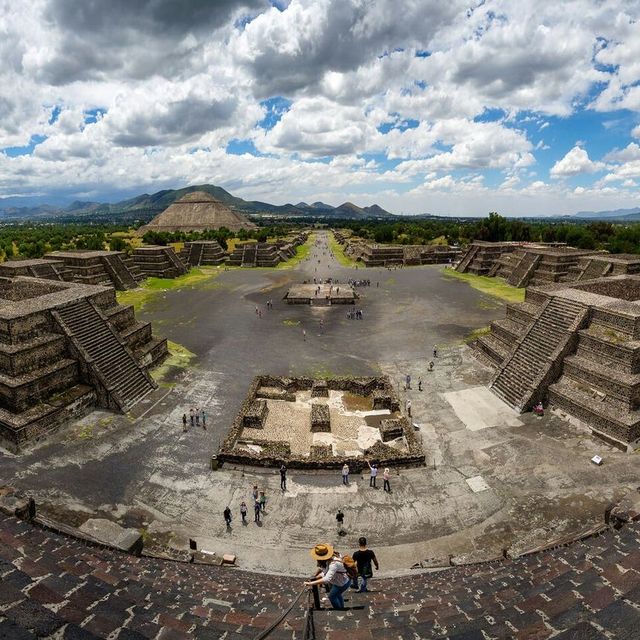After we got back to the comedor we picked up some chocolate for the following day and I had a couple of beers waiting for dinner and we chatted with Marguerita. She explained a lot about the eco-project we were on and how the villages organise themselves. The jobs as guides, as well the tourism organisers and cooks were all voluntary (i.e. unpaid) jobs that would rotate every year. This was not something I had been aware of. She explained that everyone took on a voluntary job for the benefit of the community as a whole and that they would do one year on and two years off. The community would also ensure that married couples would work in different years to ensure one of them would have the means to work the fields etc. Not all villages run on exactly the same model we found out later (e.g. some had paid guides) but the basic principle was the same. The volume of traffic through the comedor varied according to the weather, the season and more recently the global economic downturn and the bird flu epidemic but could drop to zero for weeks at a time. Marguerita said she liked the job when there were people and she certainly seemed happy for our company as we were hers. Dinner was a Tlayuda (a large crispy tortilla served with tomato, avocado, cheese, beans and (optional) pig fat. It was delicious! After dinner we met with a couple of other trekkers (from Australia) who were heading the same way as us for the next couple of days but we had separate guides so would not be hiking together. After a another beer or two it was time for bed.
This blog is part of an Off-The-Beaten-Track Travel Diary. Click on the links below to navigate through this journey.


